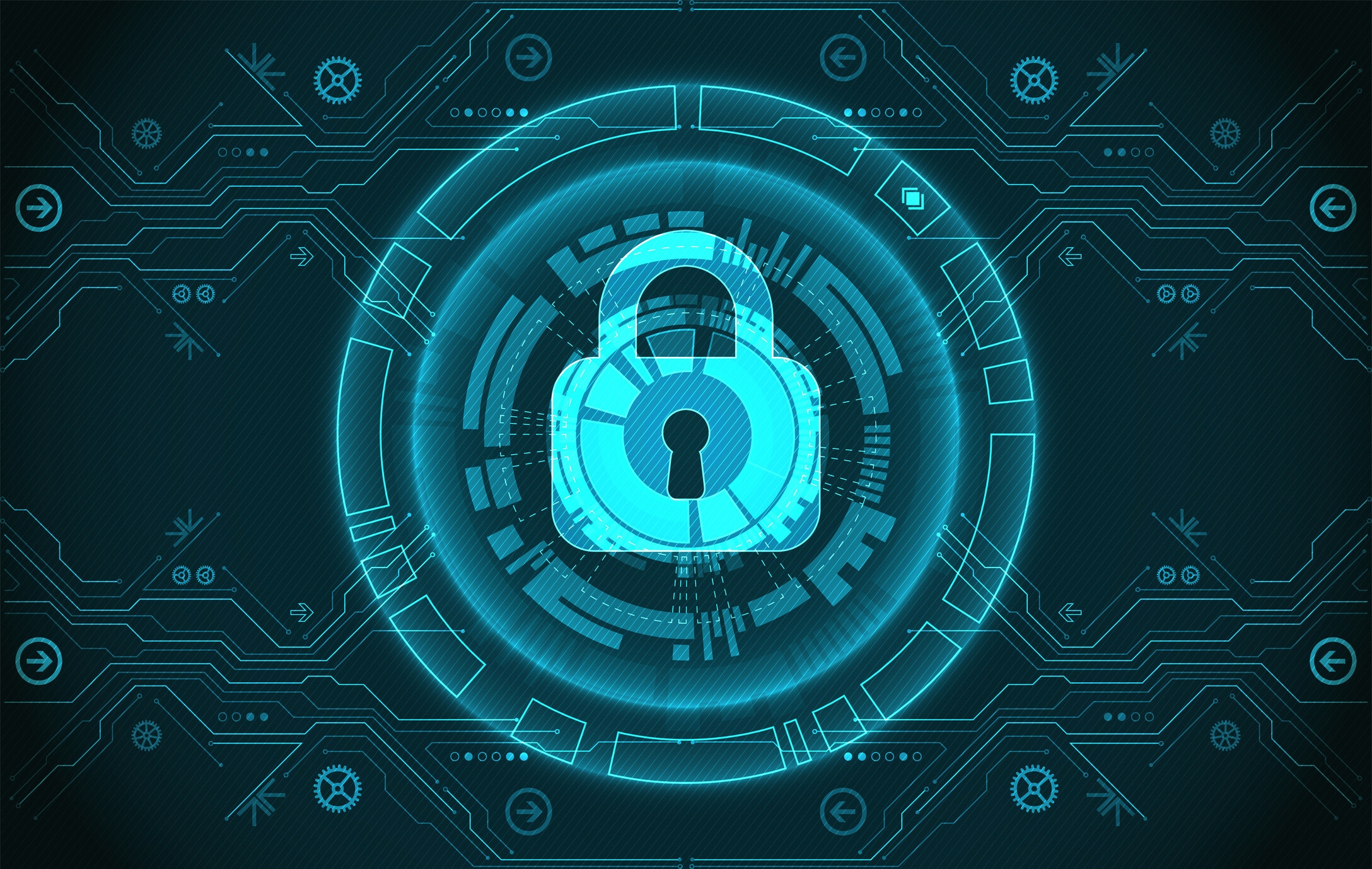Want to better understand the universe? Then recreate it in a lab

Scientists are recreating some of the universe's most dramatic and extreme events in the laboratory.
Image: REUTERS/NASA/Handout via Reuters
Stay up to date:
Innovation
Better capabilities
With significant advancements in its technology, the Department of Energy’s SLAC National Accelerator Laboratory is capable of recreating some of the universe’s most violent cosmic events, events which can prove (or disprove) theories and predictions about our cosmos and how the most extreme space phenomena affect different objects.
Indeed, the organization has successfully achieved a number of cosmic events on a small scale in their laboratories.
Accept our marketing cookies to access this content.
These cookies are currently disabled in your browser.
So far, so good
Seigfrid Glenzer, head of SLAC’s High Energy Density Science Division, and his team successfully turned graphite into lonsdaleite. While graphite can be turned into a diamond under high pressure, scientists predicted that, when a meteor hits graphite in the ground, it can produce a lonsdaleite—a form of diamond harder than regular diamonds. By setting off a shock wave inside the sample and compressing it using a powerful optical laser pulse, the team was able to confirm this theory.
Glenzer and his team also tested whether liquid hydrogen would switch from its normally electricity-insulating state into a conducting metallic state when exposed to high pressure and temperature, much like that inside gas giants like Jupiter.
Glenzer and his team took a sample of liquid deuterium, a heavy form of hydrogen, and rapidly heated and compressed it using the high-power Janus laser. At above a pressure of 250,000 atmospheres and temperature of 7,000 degrees Fahrenheit, the deuterium did switch into a conducting metallic state.
“Understanding this process provides new details about planet formation and the evolution of the solar system,” Glenzer says.
SLAC researchers are conducting other experiments that aim to understand the planet’s formation, effects of cosmic events, and other processes in the universe. Experiments are ongoing, as they are trying to better understand how cosmic accelerators work.
Want to know more? They will be holding the 11th International Conference on High Energy Density Laboratory Astrophysics on May 16-20 this year, and these are only some of the topics that they aim to cover.
Don't miss any update on this topic
Create a free account and access your personalized content collection with our latest publications and analyses.
License and Republishing
World Economic Forum articles may be republished in accordance with the Creative Commons Attribution-NonCommercial-NoDerivatives 4.0 International Public License, and in accordance with our Terms of Use.
The views expressed in this article are those of the author alone and not the World Economic Forum.
Forum Stories newsletter
Bringing you weekly curated insights and analysis on the global issues that matter.
More on Fourth Industrial RevolutionSee all
Jon Jacobson
August 14, 2025
Ruti Ben-Shlomi
August 11, 2025
David Timis
August 8, 2025






